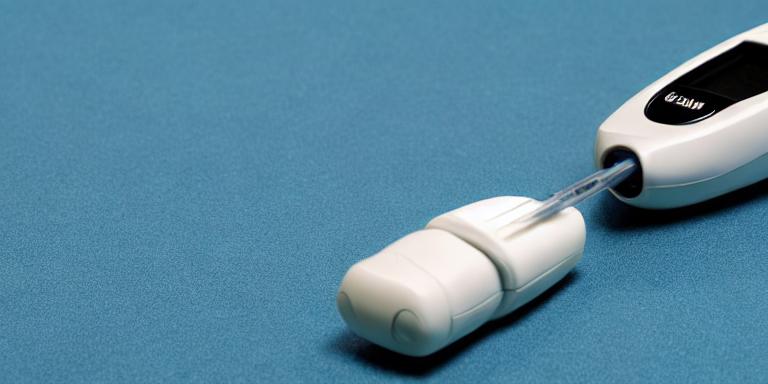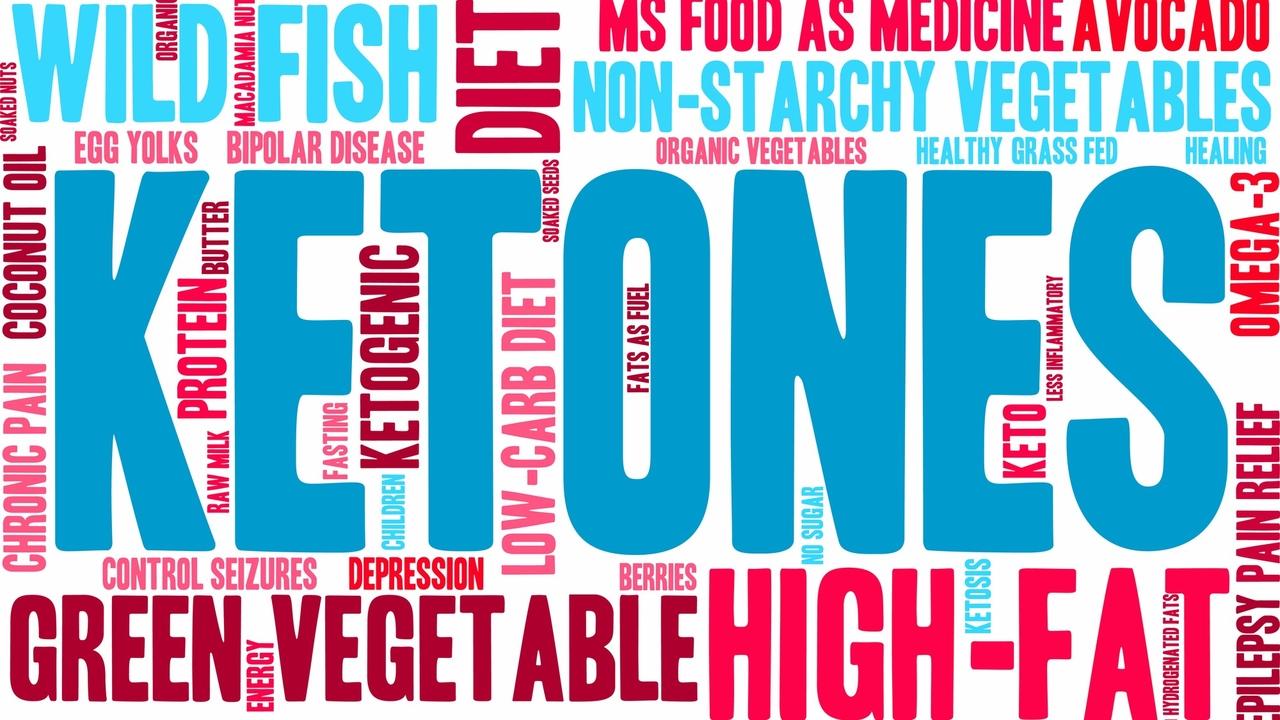Have you been told you’re at risk of diabetic ketoacidosis? Diabetic ketoacidosis is a serious condition that can lead to death, according to KidsHealth. It occurs when a person’s blood sugar level is so high that the body has difficulty using sugar as fuel which then causes the body to produce extra ketones. As time goes on without treatment, it may lead to diabetic coma and even death.
Diabetic ketoacidosis is a serious condition, PLEASE consult a medical doctor
What Is Diabetic Ketoacidosis?
If you have diabetes, your body cannot produce enough insulin to properly regulate blood sugar levels. When this happens, your body begins to break down fat for energy, which produces ketones. Diabetic ketoacidosis (DKA) is a serious complication that can occur when your blood sugar is too high and there are too many ketones in your blood. DKA can lead to diabetic coma or even death if left untreated.
The symptoms of DKA include nausea and vomiting, abdominal pain, shortness of breath, fruity-smelling breath, and increased urination. If you experience any of these symptoms, it’s important to seek medical attention immediately. DKA is usually treated in the hospital with insulin therapy and fluids. With prompt treatment, most people make a full recovery from DKA.

What Are The Risks Of Developing Diabetic Ketoacidosis?
Diabetic ketoacidosis (DKA) is a serious complication of diabetes that can occur when your body produces high levels of blood acids called ketones. Ketones are produced when your body doesn’t have enough insulin to use glucose for energy. When this happens, fats are broken down for energy, which produces ketones.
If left untreated, DKA can lead to diabetic coma and even death. While anyone with diabetes can develop DKA, it most often occurs in people with type 1 diabetes or during periods of uncontrolled type 2 diabetes.
The main risk factor for developing DKA is having insufficient insulin levels in your blood. Insulin helps keep blood sugar levels under control.
Symptoms of Diabetic Ketoacidosis
Diabetic ketoacidosis (DKA) is a potentially life-threatening complication of diabetes. It occurs when your body produces high levels of blood acids called ketones.
The symptoms of DKA include:
- Excessive thirst and urination
- Nausea and vomiting
- Abdominal pain
- Fatigue or drowsiness
- Shortness of breath
- fruity-smelling breath
- Confusion
- Coma (in severe cases)

How To Prevent Diabetic Ketoacidosis
When it comes to managing diabetes, one of the most important things to keep in mind is the risk of diabetic ketoacidosis (DKA). DKA occurs when there is too much sugar in the bloodstream and not enough insulin to process it. This can lead to a build-up of ketones in the body, which can be poisonous if left unchecked.
There are a few things you can do to help prevent DKA:
- Check your blood sugar regularly and take steps to keep it under control.
- Make sure you always have enough insulin on hand.
- Know the symptoms of DKA and seek medical help immediately if you experience any of them.
- Keep up with your regular medical appointments and follow your doctor’s recommendations for managing diabetes.
Conclusion
Diabetic ketoacidosis is a dangerous complication of diabetes that can lead to death. If you have diabetes, it is important to know the signs and symptoms of diabetic ketoacidosis and what to do if you develop them. With prompt treatment, however, diabetic ketoacidosis is usually treatable and most people make a full recovery.
